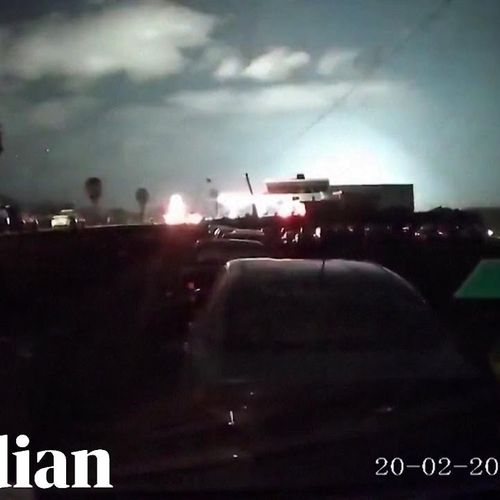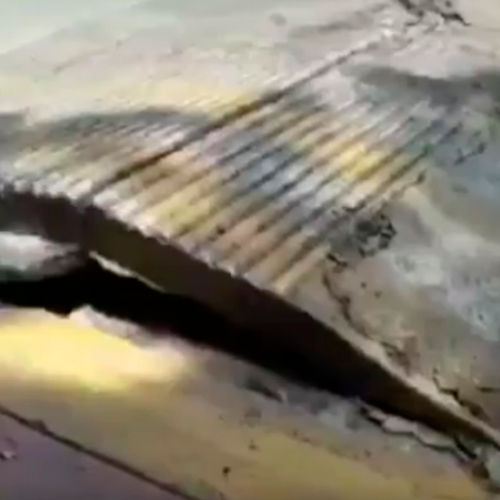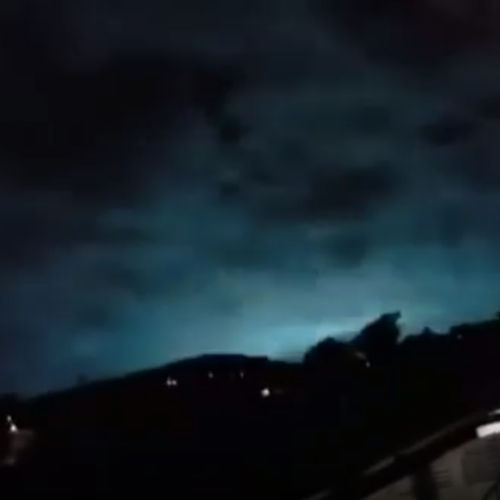
| Added | Tue, 07/12/2021 |
| Источники | |
| Дата публикации | Tue, 07/12/2021
|
| Версии |
Recently discovered seismic events occur more slowly than normal earthquakes. Their existence confirms a scientific theory that has not yet been sufficiently substantiated by measurements.
A Canadian-German research team has recorded a new type of earthquake in British Columbia, Canada. Unlike ordinary earthquakes of the same strength, they occur more slowly and last longer.
These events represent a new type of induced earthquakes that were caused by hydraulic fracturing, a method used in western Canada for oil and gas production. Using a network of eight seismic stations surrounding the injection well at a distance of several kilometers, researchers from the Geological Survey of Canada, Ruhr University Bochum and McGill University recorded seismic data of approximately 350 earthquakes. It turned out that about ten percent of earthquakes have unique features indicating that they occur more slowly, which was previously observed mainly in volcanic areas.
A team led by Hongyu Yu - first at RUB and then at the Canadian Geological Survey of Canada - and RUB Professor Rebecca Harrington describe the results in the journal Nature Communications, published online on November 25, 2021.
Several theories about the origin of earthquakes
To date, researchers explain the occurrence of earthquakes in the process of hydraulic fracturing by two processes. The first one states that the liquid injected into the rock causes an increase in pressure significant enough to create a new network of cracks in the subsurface rocks near the well. As a result, the increase in pressure may be large enough to decompress existing faults and cause an earthquake.
According to the second method, an increase in fluid pressure during injection into the subsurface also causes elastic stress changes in the surrounding rocks, which can be transmitted over long distances. If stress changes occur in rocks where faults exist, this can also lead to changes that will cause a fault slip and an earthquake.
Recently, numerical models and laboratory analyses have predicted the process on faults near injection wells, which has been observed in other places on tectonic faults. This process, called aseismic sliding, begins as a slow sliding in which no seismic energy is released. Slow sliding can also cause stress changes on nearby faults, which will lead to their rapid sliding and earthquake.
The lack of seismic energy during aseismic sliding and the size of the faults make it difficult to observe it in nature. Therefore, researchers have not yet been able to widely document the aseismic slip and associate it with induced earthquakes. The work carried out within the framework of this study is an indirect proof of the aseismic load and the transition from aseismic to seismic slip.
Modification of the hydraulic fracturing process
The German-Canadian research team interprets the recently discovered slow earthquakes as an intermediate form of a conventional earthquake and aseismic slip - and thus as indirect evidence that aseismic slip can also occur near wells. Therefore, the researchers called these events hybrid-frequency wave earthquakes (EHW).
"If we understand at what point the subsurface reacts to the process of hydraulic fracturing with movements that do not lead to an earthquake and, therefore, do not damage the surface, ideally we can use this information to adjust the injection procedure accordingly," Rebecca Harrington, head of the hydrogeomechanics group at RUB, describes one of the consequences of the study.
Not all earthquakes propagate at the same rate
"We assumed that induced earthquakes behave like most other earthquakes and have approximately the same rate of rupture propagation - two to three kilometers per second," explains Rebecca Harrington. But it seems that this is not always the case. While the shaking from a normal 1.5 magnitude earthquake in the researchers' dataset subsided after about seven seconds, an EHW earthquake of the same magnitude continued to shake for more than ten seconds."
Новости со схожими версиями
Log in or register to post comments








